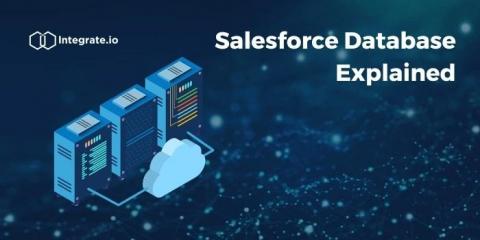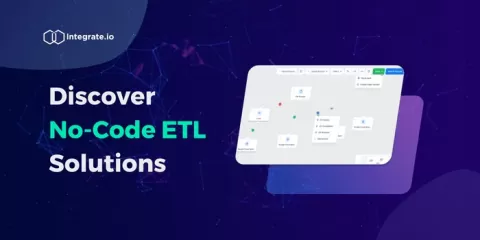The Salesforce Database Explained
In the world of customer relationship management (CRM), Salesforce is leading the industry. Founded in 1999 by Marc Benioff, Salesforce is one of the oldest and most respected cloud-based software companies in the world. Having grown to serve over 150,000 paying customers in the last two decades, Salesforce is considered by many to be the number one CRM platform in the world today.











